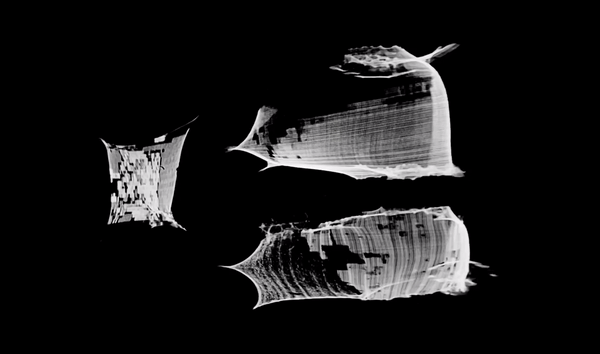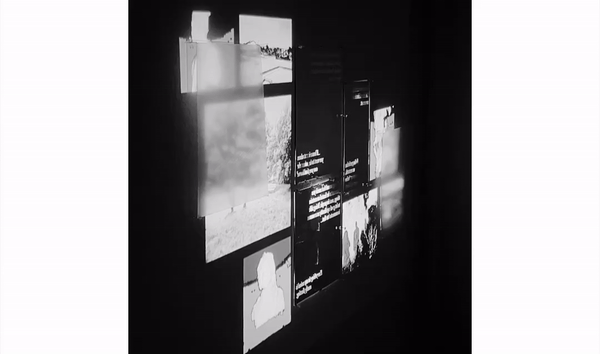Archiving Queer Spaces




Winter 2023
Professor Lara Kim & Nahyun Kim
Professor Lara Kim & Nahyun Kim
Skills
Research & Installation Projection/Videography
Research & Installation Projection/Videography
Collaborators
Ryan Yan
Ryan Yan
This project explores the phenomenon of migration and displacement within queer immigrant communities. Using interview transcripts from students at RISD, this project culminated in an archival video installation. 3D scans of our interviewees are projection mapped onto plastic sheets and mirrors on an opposing wall. During the 3D scanning process, as physical surfaces turn into computational data, we interrogate the transformation of our bodies into digital assets. This action parallels the migration of queer communities onto the internet, an intangible space immune to physical displacement, but one rife with new dangers and hierarchies.
On the mirrors are laser-cut text from each student speaking on their experiences of queerness and migration. Along with the mirrors, images of each student's "homes" are projected in a gallery, grid-like formation to illustrate ideas of collectivism and communal identity. When the projection of the 3D scan animation is reflected off the mirror plexiglass, the resulting form is distorted and abstracted into web-like structures. We ask how patterns of human migration have fragmented the queer identity and how we may push technology and the archive as a means to better understand our rapidly evolving communities.
